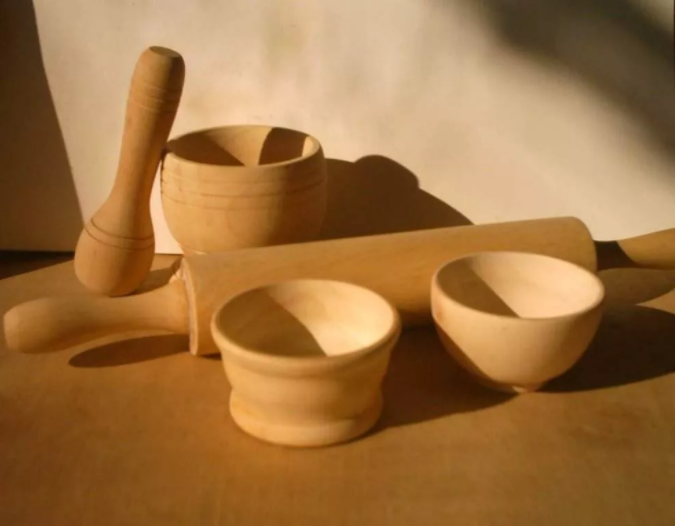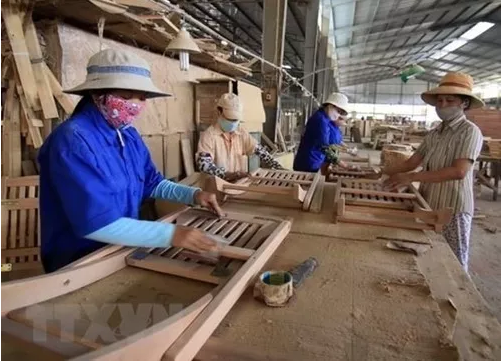
News information
Publisher willwood supply chain | DATE 2020.03.12
Vietnam is currently the sixth largest exporter of wood and wood products in the world and the largest in Southeast Asia. Among them, the four major markets for the export of Vietnamese timber and wood products are: the United States accounts for about 38 per cent of its total exports; China accounts for about 15 per cent; and Japan and Europe account for about 28 per cent. Vietnam's Ministry of Agriculture and Rural Development said in the year 2020 will continue the strong growth momentum in 2019, Vietnam's wooden annual exports will be between $10-15 billion.

Graham Taylor, a famous decoration and design expert, said the reason why vietnamese wood products are more competitive at present is the low cost of wood products, cheap employment and good product quality. If the design level can be improved, the export of Vietnamese wood products will be more advantageous. Ho Chi Minh City Wood Processing Association (Hawa) said that the current design link of wood products in Vietnam is relatively weak, compared with Hong Kong, Singapore, Thailand and the Philippines. In the output value of wood products, the design link accounts for 50-60%. to change this situation, ho chi minh city wood processing association (Hawa) has set up a design center, where design models are displayed and relevant training is organized. To improve the design level of wood products, the school should cooperate with enterprises to train talents for enterprises, said Wenling University of Vietnam. At present, there are fewer schools specialized in decoration design in Vietnam.

Vietnam is reported to be more dependent on imports of wood raw materials, despite a larger increase in exports of wood and wood products. Among them, wood raw materials import 35-40% of the cost of wood products; coated raw materials import 10%; sales cost 14%. There are still some limitations in the development of the timber industry in Vietnam. At present, there are about 4000 wood processing enterprises in Vietnam, but the distribution of enterprises is not reasonable and lack of planning. In addition, Vietnamese enterprises currently lack funds, especially for improving processes and upgrading equipment. Only the introduction of long-term preferential loans related policies, so that enterprises can seize the opportunity, not only increase production but also improve quality.
At the same time, it is necessary to strengthen the supervision mechanism of wood legitimacy and the content of lead and formaldehyde in wood products.